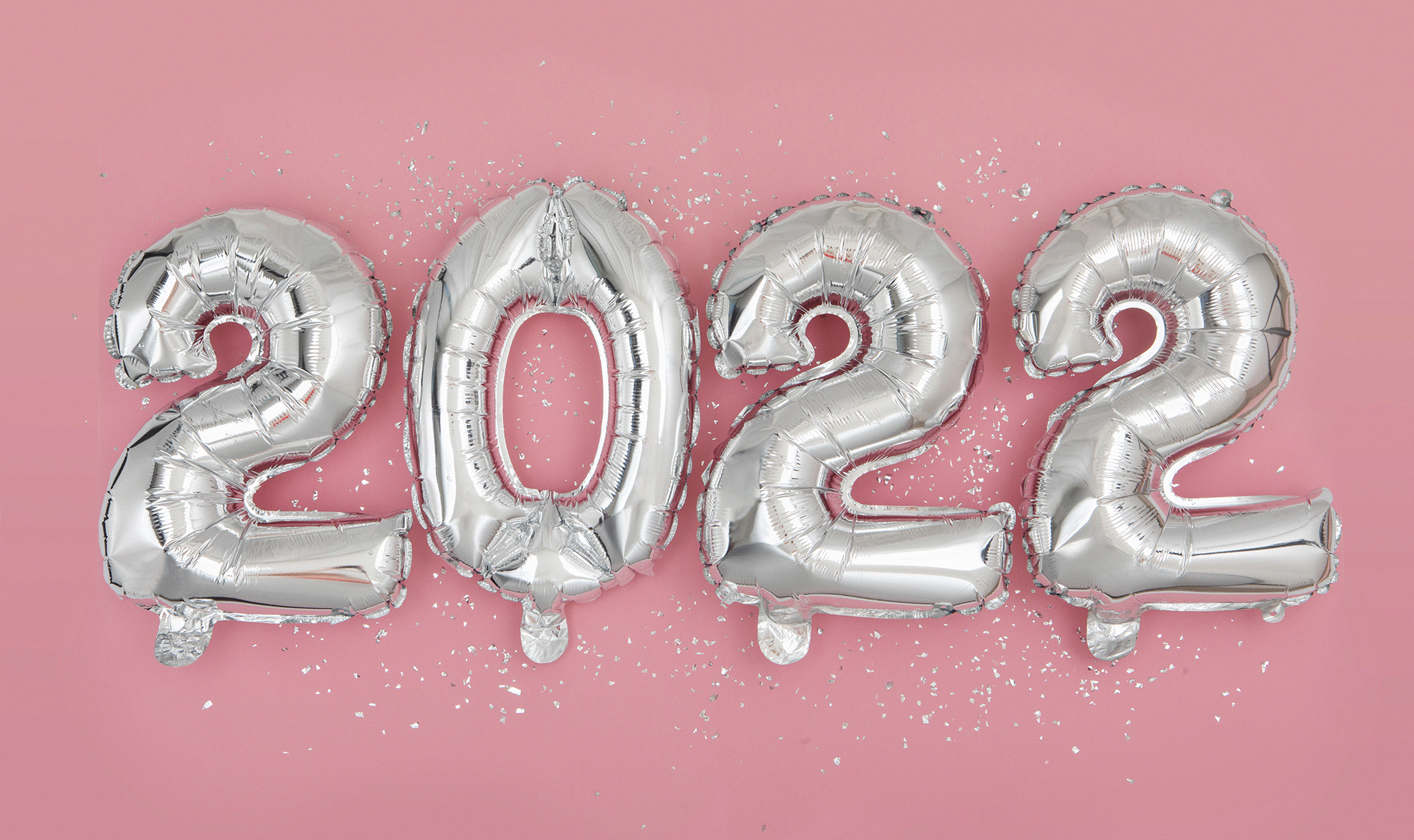A couple of years ago, marketers assumed innovation within the digital landscape had started to mature and slow. Cue the disruption of the global pandemic and the way retailers needed to pivot to adapt to rapidly changing behavior. Vaccines now offer some relief, and most economic sectors appear to have started healing. At the same time, innovative tech keeps surprising the market, plus some changes to consumer preferences seem permanent.
Forecasts for 2022 marketing trends
As always, marketers need to make plans. As a top Florida marketing agency, we’ve based our plans upon these likely forecasts for 2022 marketing trends.
1. A resurgence of Out-of-home and direct mail advertising
Social media platforms may not retain their place as the hottest topics in marketing as some renovated versions of traditional advertising begin to enjoy more attention. For instance:
- Outdoor signs might exist as one of the oldest forms of advertising in the entire world, but new digital signs have emerged to give new life to this effective form of outdoor advertising.
- As marketers respond to pandemic-related mail slowdowns, they’re not giving up on direct mail. Instead, businesses have turned to technology for automation and optimization as part of an omnichannel marketing strategy.
2. Changing viewer preferences
More people now subscribe to various streaming services than subscribe to cable packages. Marketers also enjoy connected TV because the advertising platforms offer them better analytics and more precision when targeting audiences.

3. A greater focus on packaging design
Packaging design will gain importance as businesses strive to gain attention from consumers on retail shelves and in eCommerce photos. Marketers understand that their packaging often offers a consumer’s first exposure to a product, so they will continue to create bolder designs that evoke emotion and tell a story. Also, expect more companies to turn to eco-friendly packaging to attract customers and meet sustainability goals.

4. An emphasis on trending colors
Both packaging and product designers will court customers with trending colors. For instance, Benjamin Moore Paints declared October Mist, a silver-gray color, their Color of the Year for 2022. Behr and Sherwin Williams offer very similar colors, supposedly evoking nature and peace. As a complementary color, they suggested a green-gray color, sometimes called Sage.
5. An overall focus on nature and sustainability
As part of continuing marketing trends for 2022, products will emphasize nature for relaxation, health, and sustainability. As a consumer insights agency, we worked with a DTC brand called Luma & Leaf to raise awareness of their plant-powered, gentle, and effective beauty products. Our Luma & Leaf case study describes our continuing work with this brand.

6. An appeal to the next generation of pet parents
The ASPCA reported a record of 25 million pet adoptions during the coronavirus pandemic. Even better, the ASPCA said that 90 percent of dogs and 85 percent of cats still live in these adopted homes. More than that, most of these new pet parents strive to incorporate their pets into their lifestyles, and they’re treating their furry new family members a lot more like family than people used to consider normal.
As an example, PetCo has operated a national chain of pet stores since 1965. The company recently rebranded itself as “Petco: A Heath + Wellness Co.” As part of this effort, the company announced that it would no longer sell shock collars. The company’s CEO, Ron Coughlin, said that studies have demonstrated that these collars increase stress in pets, and training with positive reinforcement works better.

7. Awareness of intelligent, thoughtful consumers
Websites, social networks, and other internet platforms offer consumers the tools to learn more about brands and how they conduct business. In turn, these savvy consumers want to give money to companies that support goals in alignment with their values. Today’s consumers don’t care to hear typical sales talk and want facts to back up assertions.
Almost everybody has endured experiences that made them more aware of ways the environment will impact their health, well-being, and pocketbooks, so they expect businesses to minimize or even eliminate their product’s negative environmental impacts.
8. Exploration of socially distanced brand experiences
First, the pandemic closed retail stores. After they reopened, many consumers still felt reluctant to mingle in crowds. Others grew used to the convenience of online shopping experiences. In turn, marketers have explored creating connections and meaningful brand experiences with low- and high-tech methods.
For instance:
- For a low-tech experience, restaurants and grocery stores have held take-out parties and drive-up demos in their parking lots.
- For medium-tech, eCommerce sites have doubled down on the quality and quality of images and videos on product pages.
- Emerging technology introduced both augmented reality and virtual reality to let customers better imagine their experiences. For example, some businesses have employed AR in their apps to allow customers to upload a photo of their living room to see how a new sofa might look in real life. According to The Verge, companies have also started testing ads in VR apps for devices like the Oculus Quest.

Work with us to navigate marketing in 2022
As a Florida marketing agency, we make it our business to stay on top of the latest marketing trends. Contact us at Bigeye by phone or email to tell us about your business ideas, and we’ll explain how we will help.

